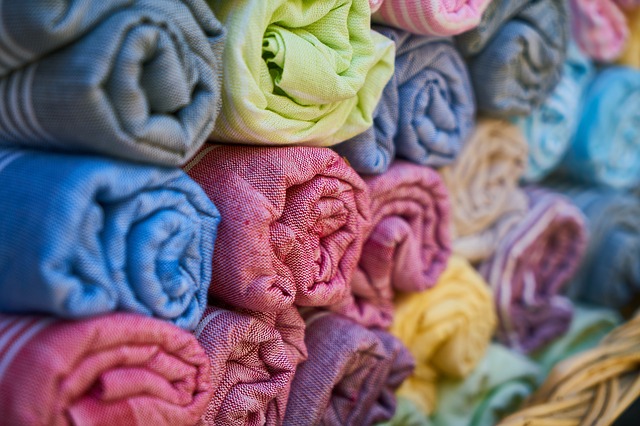Natural cellulose fibers
Natural cellulose fibers are still recognizable as being from a part of the original plant because they are only processed as much as needed to clean the fibers for use.[citation needed] For example, cotton fibers look like the soft fluffy cotton balls that they come from. Linen fibers look like the strong fibrous strands of the flax plant. All "natural" fibers go through a process where they are separated from the parts of the plant that are not used for the end product, usually through harvesting, separating from chaff, scouring, etc. The presence of linear chains of thousands of glucose units linked together allows a great deal of hydrogen bonding between OH groups on adjacent chains, causing them to pack closely into cellulose fibers. As a result, cellulose exhibits little interaction with water or any other solvent. Cotton and wood, for example, are completely insoluble in water and have considerable mechanical strength. Since cellulose does not have a helical structure like amylose, it does not bind to iodine to form a colored product.
Manufactured cellulose fibers
Manufactured cellulose fibers come from plants that are processed into a pulp and then extruded in the same ways that synthetic fibers like polyester or nylon are made. Rayon or viscose is one of the most common "manufactured" cellulose fibers, and it can be made from wood pulp.

